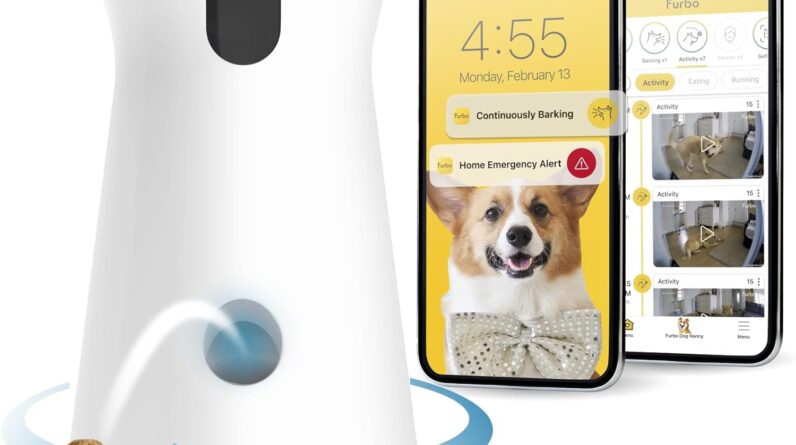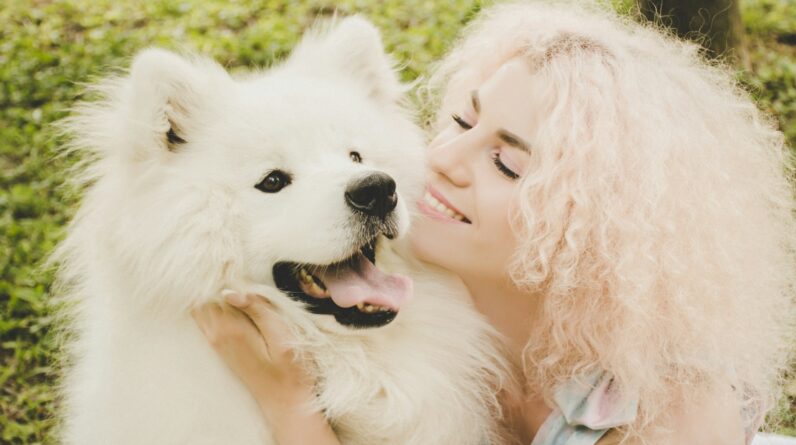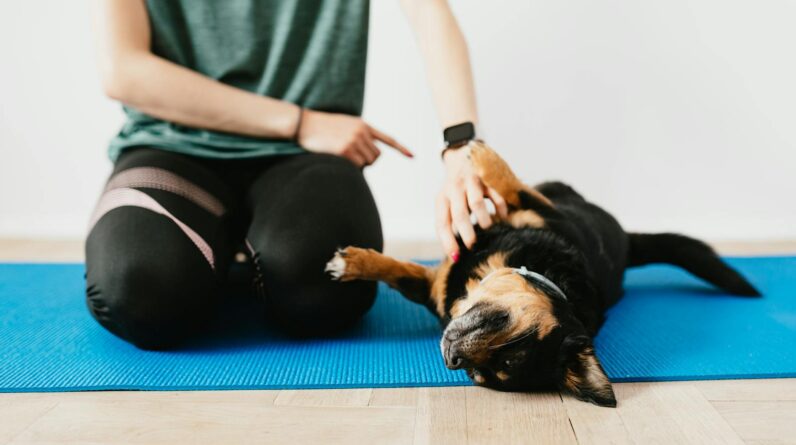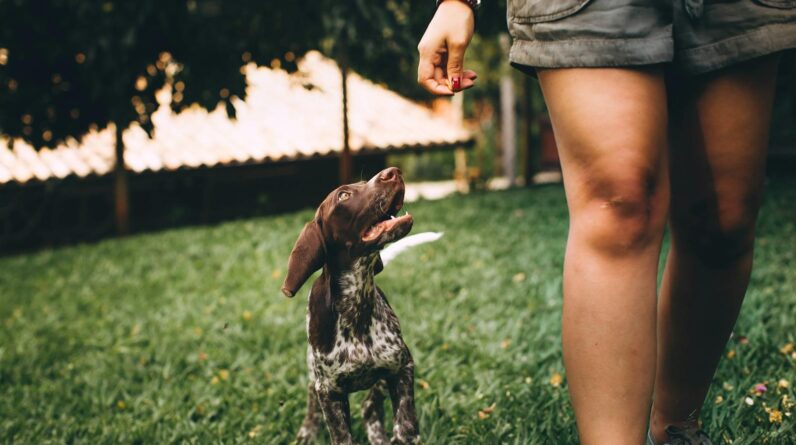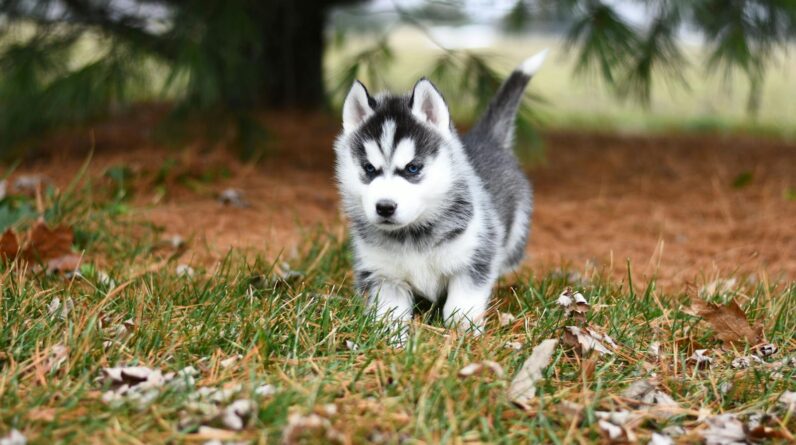
When Your Dog Won’t Eat
Hey there, dog parents. Have you ever noticed your furry friend pushing their food bowl around and not eating? It can make you worry, right? Well, there are some simple things you can do to help them chow down again.
Make Sure They’re Healthy
First things, first. If your dog suddenly stops eating, you might want to check if they’re feeling okay. Sometimes, just like us, dogs don’t eat because they don’t feel good. Keep an eye on them. Are they acting differently? Do they seem sick? If you’re worried, it’s best to call the vet. They know what to do to make sure your dog is healthy.
Yummy Food to the Rescue
If your dog is healthy but still not eating, maybe it’s time to make their food more interesting. Imagine eating the same meal every day. It’s kind of boring, right? Your dog might feel the same way! Try mixing in a little bit of wet food or some safe human food with their regular kibble. Just make sure it’s something dogs can eat. Chicken, carrots, and rice are usually good choices.
Stick to a Schedule
Dogs love having a routine. It makes them feel safe and happy. So, give your dog their meals at the same time every day. It’s like when you have lunch at school. You know it’s coming and you get hungry, right? Your dog will start getting hungry at their meal times, too.
Peace and Quiet
Did you know that sometimes dogs won’t eat because they’re nervous or there’s too much going on around them? Just like you might not want to eat if there’s a lot of noise, your dog might feel the same. Try giving them a quiet place to eat. Away from loud noises and too many people or other pets. This might make them feel more relaxed and ready to eat.
Fun and Games
You know how you get really hungry after playing? Dogs are the same! A good way to get your dog to eat is to make sure they get plenty of exercise. After a nice walk or some playtime, they might just be hungry enough to gobble up their dinner.
Don’t Make Eating a Big Deal
Sometimes, if you watch your dog and keep asking them to eat, they might feel stressed. It’s like when someone keeps telling you to hurry up while you do your homework – it doesn’t help, does it? Try acting like it’s no big deal. Just put the bowl down and go about your business. Your dog might just start eating when they see it’s not getting a lot of attention.
Cut Back on Treats
Oh, treats. Dogs love them, right? But, if you give your dog too many treats, they might not be hungry for their real food. It’s like if you eat too much candy before dinner. Then, you don’t want to eat your veggies. Make sure treats are just a small part of what your dog eats during the day.
When to Worry
Now, if your dog has not eaten for more than a day or two, it’s time to call the vet. They might have something going on that needs special care. And remember, no matter what, you’re doing a great job trying to help your buddy. Dogs can be picky eaters too, but with a little help, they usually start eating again. Just keep an eye on them and show them some love. That’s what being a pet parent is all about!
Remember to trust your gut. If something feels wrong, call the vet. They’re like the doctor, but for animals. They can help figure out what’s going on with your dog and make sure they get back to their happy, tail-wagging self.
Why is my dog not eating their food?
There could be several reasons your dog isn’t interested in their food. It might be due to a change in their environment or routine, or they might not feel well. Dogs can also be picky eaters or may grow tired of the same type of food.
It’s essential to observe if they are showing any signs of discomfort, changes in behavior, or if the lack of appetite persists. If so, it’s a good idea to consult a vet to rule out any health issues.
How can I encourage my dog to eat?
If your dog is hesitating to eat, try making their food more appealing. You could warm the food to release the aroma or add a little bit of chicken broth or a special topper they like. Always ensure the additives are safe for dogs and don’t overdo it.
Also, establish and stick to a consistent feeding routine. Dogs thrive on routine, and knowing when to expect their meals can help stimulate their appetite.
What should I do if my dog skips a meal?
If your dog skips one meal but is otherwise acting normal, it might not be a cause for alarm. Sometimes dogs just aren’t as hungry, similar to humans. Keep an eye on their water intake and ensure they’re staying hydrated, as this is crucial.
If they miss more than one meal or show other signs of illness like lethargy, diarrhea, or vomiting, then you should contact your veterinarian to get some advice.
Can a dog’s food preference change over time?
Yes, dogs can change their food preferences. It could be because their taste has changed or they want variety. Trying different flavors or brands could help. Nonetheless, it’s good to make changes gradually to avoid upsetting their stomach.
Keep in mind that if they consistently refuse a specific type or brand, it might be worth exploring other options that could be more palatable or better suited to their dietary needs.
When should I be worried about my dog’s eating habits?
You should be concerned if there’s a sudden change in your dog’s eating habits, especially if accompanied by weight loss, changes in stool, or a decline in their general well-being. These signs could indicate a health issue that needs attention.
Consistent refusal to eat, changes in drinking habits, showing pain when eating, or if they’re only eating when hand-fed are all red flags. In these cases, you should take your dog to the vet to get checked out.
Key Takeaways
- Spot the signs: If your furry friend is turning their nose up at dinner, it’s a clear red flag something’s off. Keep an eye out for other unusual behaviors that might tag along with their lack of appetite.
- Ruling out the serious stuff: Your dog’s health comes first! If your pup’s appetite doesn’t bounce back soon, better get them checked out by a vet to rule out any underlying health issues.
- Keep it fresh: Nobody likes stale food. Make sure your dog’s food is fresh and stored properly. A change in diet can sometimes do the trick to reignite their appetite.
- Mix it up: Dogs can get bored too! Try adding some variety to their meals. A new flavor or a different brand might just pique their interest in chow time again.
- Stick to a schedule: Dogs thrive on routine. Consistent feeding times can help get their stomachs rumbling on cue, making mealtime a predictable part of their day.
- Limit treats and table scraps: Snacks throughout the day can spoil their appetite. Keep treats to a minimum and save the best eats for mealtime to encourage a healthy diet.
- Exercise and activity: Just like us, a good workout can get dogs hungry. Regular exercise not only keeps them fit but also boosts their appetite so they’re more likely to chow down come dinnertime.
- Create a nice dining atmosphere: Make sure your dog’s dining spot is quiet and comfy. Less stress and distraction mean they’re more likely to tuck into their dinner.
Final Thoughts
When your pup gives the cold shoulder to their chow, it’s like puzzle time – find out what’s up. Maybe they’re just bored of the same old kibble or something’s bugging them health-wise. It’s key to watch for signs and switch things up if you spot the food yawns.
Don’t hit the panic button straight off. Skip a meal if you’ve got to, but keep the water coming. If your furball’s active and perky, it might just be a phase. But if they keep snubbing meals or act out of sorts, a vet trip’s your next move.
Remember, you know your doggo best. Trust your gut if stuff seems off and stay on top of their eating game. Health is wealth, and that goes for your furry pal, too. Keep meals fun, fresh, and full of tail wags!


